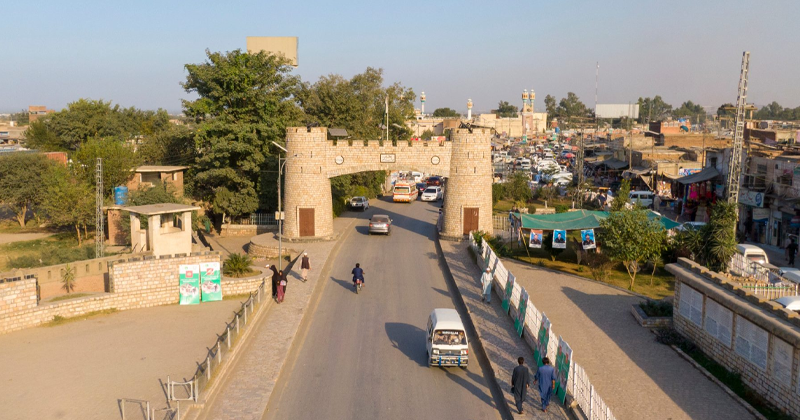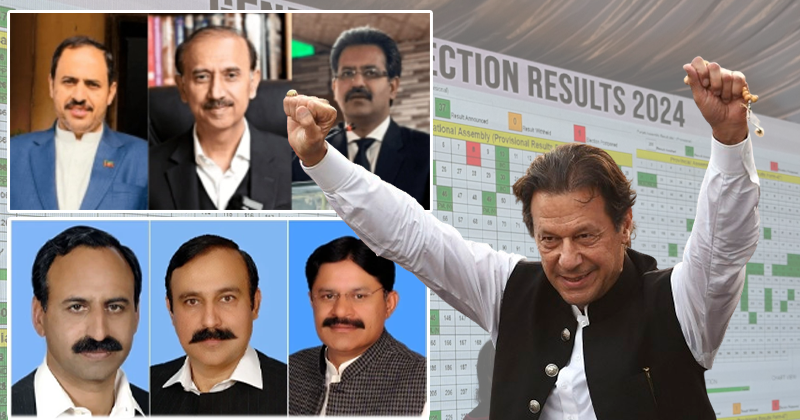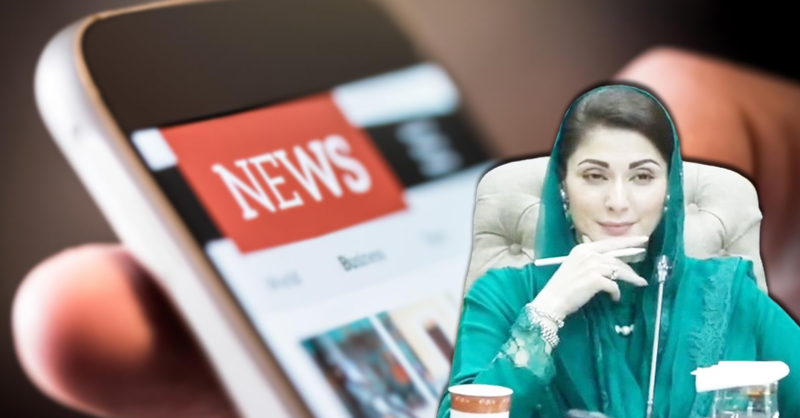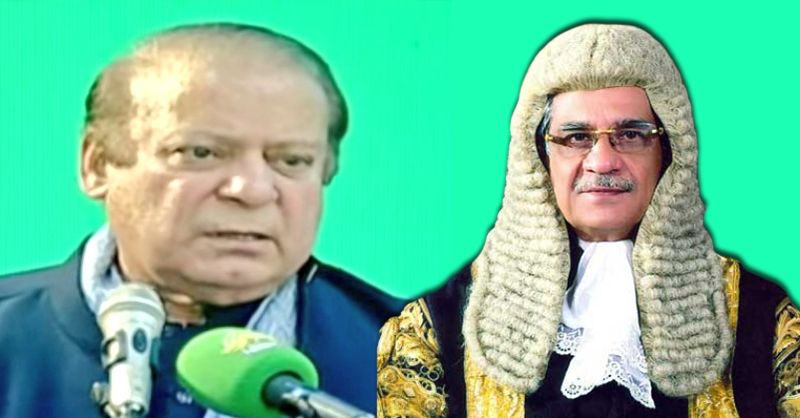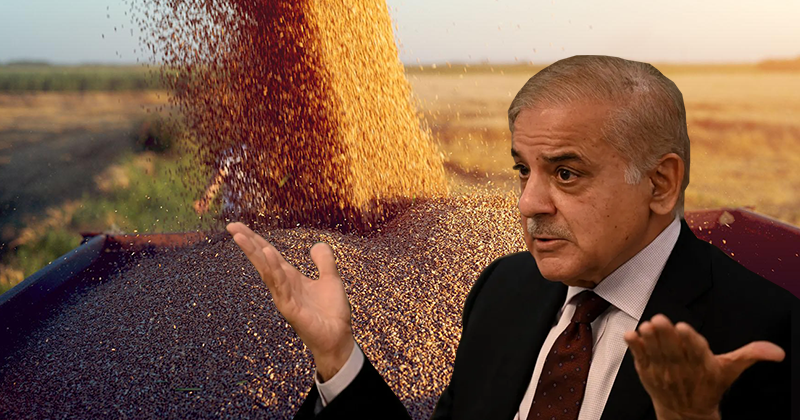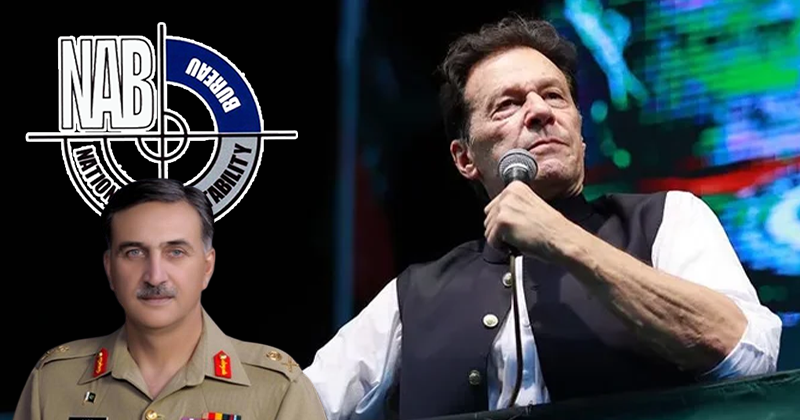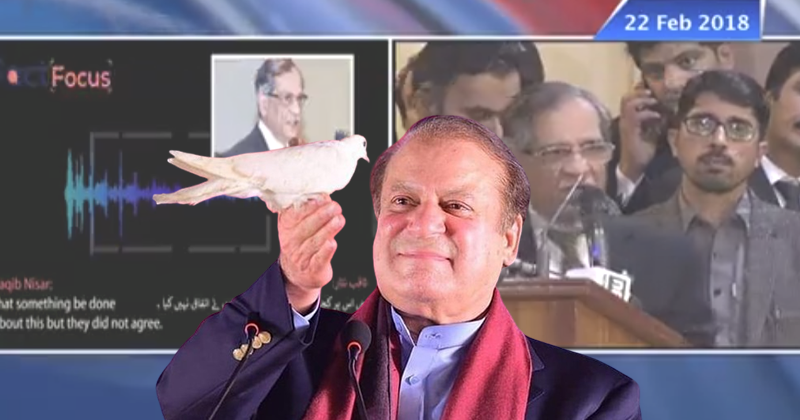ڈاکٹر پاشا نے تو اس کو اڈمنسٹریٹو کنٹرولز کا نتیجہ بتایا ہے
لیکن میرے نزدیک اس کی سب سے بڑی وجہ کتے کے مسلسل بھونکنے کی آواز کا بند ہونا ہے
The last few months have witnessed a major drop in the rate of inflation as measured by the Consumer Price Index. According to the Pakistan Bureau of Statistics, it was relatively high in December 2023 at 29.7 percent, on a year-to-year basis. It has since fallen to 28.3 percent in January 2024, to 23.1 percent in February and to 20.7 percent in March. This represents a big drop in the rate of inflation of 9 percentage points over a three-month period.
The last time when the rate of inflation was close to 20 percent was twenty-one months ago in June 2022. Thereafter, it rose sharply to reach a peak of 38.4 percent in May 2023. It is indeed a relief that it has come down to 20.7 percent in a period of ten months.
However, the rate of inflation at over 20 percent is still high by both international and historical standards. It is by far the highest rate of inflation in South Asian countries, which is operating at 9.3 percent in Bangladesh and only 4.6 percent in India.
Further, the people of Pakistan have witnessed a cumulative increase in the overall price level since 2020-21 of over 79 percent. This has had a devastating effect on living standards, as incomes have not increased generally by the same extent, especially in the case of unskilled workers employed in the informal sector.
There is a need to identify which items have contributed to the fall in the rate of inflation by 9 percentage points since December 2023. An analysis at the group level reveals that at the most aggregative level, 42 percent of the fall is due to the decline in the rate of inflation in the overall food price index and 58 percent because of the slowing down in the rate of increase in the non-food price index.
A more in-depth examination has also been undertaken to determine which food items have shown a big decline in the rate of inflation from December 2023 to March 2024.
The good news is the rate of increase in the price of the staple item, wheat flour, has moderated significantly. The year-to-year increase in December 2023 was as high as 64 percent. It has come down by half to 32 percent in March 2024. However, it still remains very high. Hopefully, with a relatively good crop and a higher level of imports, there will be further moderation in the rise in wheat price. However, this ought not to come at the cost to the farmers, who should be paid the announced procurement price of Rs 3900 per 40 kgs.
Other food items in which there has been a significant moderation in the rate of inflation are livestock products, like milk and chicken, and fresh fruits. A significant outcome is the big decline in the rate of inflation of imported goods like vegetable ghee, tea, and pulses. Not only have the international prices of these goods shown some decline, but also a big contribution has been made by the stability of the rupee. Between March 2023 and March 2024 there has been hardly any depreciation in the value of the rupee.
Turning to non-food prices, over half is due to the moderation in the rate of inflation in the price of gas. Earlier, due to the quantum jump in the tariff there was an unbelievable 1134 percent escalation in the price on a year-to-year basis. This has come down to 570 percent in March 2024. Consequently, a big contribution has been made to a reduction in the overall rate of inflation.
What is the outlook for the rate of inflation? This will hinge crucially on the policies and reforms in the forthcoming new IMF programme. The single most important factor will be the stance towards the exchange rate of the rupee.
There had been agreement with the IMF in the recently concluded Stand-by Facility that a market-based exchange rate policy would be followed. However, the rupee has appreciated in nominal terms from Rs 286.32 per USD to Rs 278.70 per USD currently. In fact, the real effective exchange rate of the rupee is now close to 100. Over a year ago, it was as low as 86.
There are also risk factors associated with the likely movement in international prices. The situation in the Middle East has created a supply situation where the price of oil could start rising. Since December 2023 the price of Brent Crude per barrel has risen from USD 75 to USD 90. There are some projections that it might approach USD 100 per barrel in coming months.
Overall, there is uncertainty about the future path of the inflation in Pakistan. The people have bravely faced the brunt of the past big increases in prices since 2021-22. There is need for maximum effort by the new government to ensure that the rate of inflation does not start rising once again. Ideally, by the beginning of 2025 the inflation rate should fall to between 12 percent and 14 percent. We hope and pray that this happens.
Copyright Business Recorder, 2024

Citizen X arifkarim Will_Bite crankthskunk samkhan ek hindustani wasiqjaved Munawarkhan Sohail Shuja Dr Adam taban chacha jani Wake up Pak 3rd_Umpire Siberite Islamabadiya nawaz.sharif patwari_sab Husaink Husain中川日本 jigrot ahameed atensari desan sensible چاچا بوٹا mughals
لیکن میرے نزدیک اس کی سب سے بڑی وجہ کتے کے مسلسل بھونکنے کی آواز کا بند ہونا ہے
The last few months have witnessed a major drop in the rate of inflation as measured by the Consumer Price Index. According to the Pakistan Bureau of Statistics, it was relatively high in December 2023 at 29.7 percent, on a year-to-year basis. It has since fallen to 28.3 percent in January 2024, to 23.1 percent in February and to 20.7 percent in March. This represents a big drop in the rate of inflation of 9 percentage points over a three-month period.
The last time when the rate of inflation was close to 20 percent was twenty-one months ago in June 2022. Thereafter, it rose sharply to reach a peak of 38.4 percent in May 2023. It is indeed a relief that it has come down to 20.7 percent in a period of ten months.
However, the rate of inflation at over 20 percent is still high by both international and historical standards. It is by far the highest rate of inflation in South Asian countries, which is operating at 9.3 percent in Bangladesh and only 4.6 percent in India.
Further, the people of Pakistan have witnessed a cumulative increase in the overall price level since 2020-21 of over 79 percent. This has had a devastating effect on living standards, as incomes have not increased generally by the same extent, especially in the case of unskilled workers employed in the informal sector.
There is a need to identify which items have contributed to the fall in the rate of inflation by 9 percentage points since December 2023. An analysis at the group level reveals that at the most aggregative level, 42 percent of the fall is due to the decline in the rate of inflation in the overall food price index and 58 percent because of the slowing down in the rate of increase in the non-food price index.
A more in-depth examination has also been undertaken to determine which food items have shown a big decline in the rate of inflation from December 2023 to March 2024.
The good news is the rate of increase in the price of the staple item, wheat flour, has moderated significantly. The year-to-year increase in December 2023 was as high as 64 percent. It has come down by half to 32 percent in March 2024. However, it still remains very high. Hopefully, with a relatively good crop and a higher level of imports, there will be further moderation in the rise in wheat price. However, this ought not to come at the cost to the farmers, who should be paid the announced procurement price of Rs 3900 per 40 kgs.
Other food items in which there has been a significant moderation in the rate of inflation are livestock products, like milk and chicken, and fresh fruits. A significant outcome is the big decline in the rate of inflation of imported goods like vegetable ghee, tea, and pulses. Not only have the international prices of these goods shown some decline, but also a big contribution has been made by the stability of the rupee. Between March 2023 and March 2024 there has been hardly any depreciation in the value of the rupee.
Turning to non-food prices, over half is due to the moderation in the rate of inflation in the price of gas. Earlier, due to the quantum jump in the tariff there was an unbelievable 1134 percent escalation in the price on a year-to-year basis. This has come down to 570 percent in March 2024. Consequently, a big contribution has been made to a reduction in the overall rate of inflation.
What is the outlook for the rate of inflation? This will hinge crucially on the policies and reforms in the forthcoming new IMF programme. The single most important factor will be the stance towards the exchange rate of the rupee.
There had been agreement with the IMF in the recently concluded Stand-by Facility that a market-based exchange rate policy would be followed. However, the rupee has appreciated in nominal terms from Rs 286.32 per USD to Rs 278.70 per USD currently. In fact, the real effective exchange rate of the rupee is now close to 100. Over a year ago, it was as low as 86.
The next concern relates to the extent of escalation in electricity and gas tariffs, so as to manage the size of the circular debt. Also, there are some indications that the IMF may ask for the full restoration of the sales tax on petroleum products, even in the presence of the petroleum levy.
There are also risk factors associated with the likely movement in international prices. The situation in the Middle East has created a supply situation where the price of oil could start rising. Since December 2023 the price of Brent Crude per barrel has risen from USD 75 to USD 90. There are some projections that it might approach USD 100 per barrel in coming months.
Overall, there is uncertainty about the future path of the inflation in Pakistan. The people have bravely faced the brunt of the past big increases in prices since 2021-22. There is need for maximum effort by the new government to ensure that the rate of inflation does not start rising once again. Ideally, by the beginning of 2025 the inflation rate should fall to between 12 percent and 14 percent. We hope and pray that this happens.
Copyright Business Recorder, 2024

The falling rate of inflation
The last few months have witnessed a major drop in the rate of inflation as measured by the Consumer Price Index....
www.brecorder.com
Citizen X arifkarim Will_Bite crankthskunk samkhan ek hindustani wasiqjaved Munawarkhan Sohail Shuja Dr Adam taban chacha jani Wake up Pak 3rd_Umpire Siberite Islamabadiya nawaz.sharif patwari_sab Husaink Husain中川日本 jigrot ahameed atensari desan sensible چاچا بوٹا mughals

























